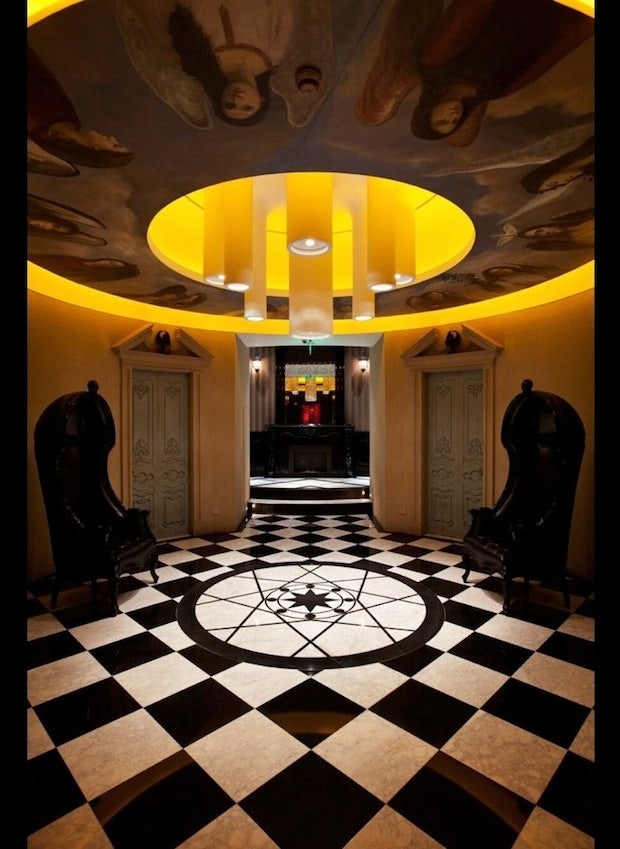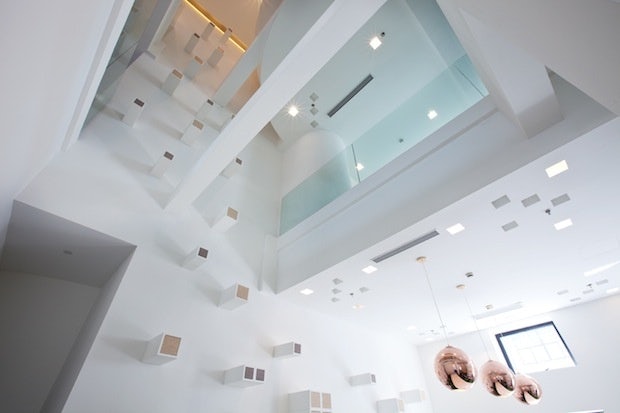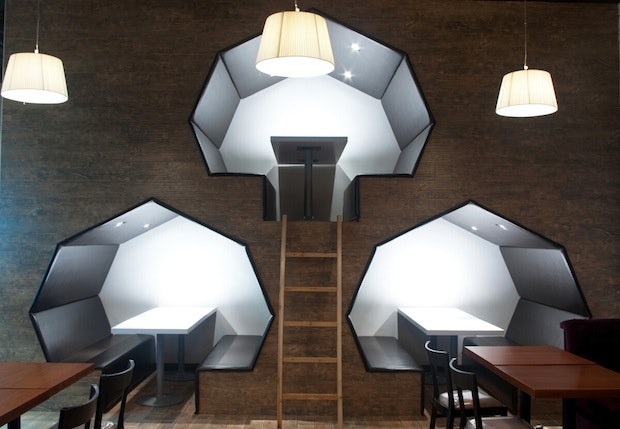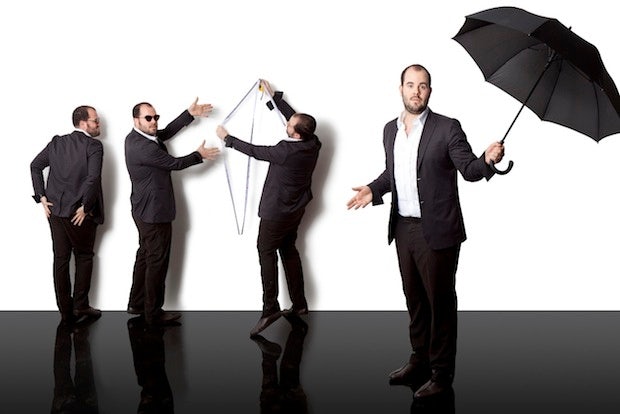"A Designer Gives Life To A Space"#
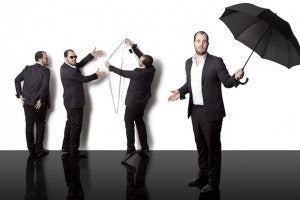
Over the past six years, Thomas Dariel of the Shanghai-based interior design firm
Dariel Studio#
has had a hand in creating some of the city's most instantly recognizable living spaces, restaurants and bars, boutique hotels and concept stores. In addition to his work with celebrated chef David Laris (Jing Daily interview) on Shanghai restaurants such as Yucca, the Fat Olive, 12 Chairs and the Purple Onion, Dariel has worked with major luxury brands and international groups like Johnnie Walker (for its Johnnie Walker House in Shanghai), Christofle, Hermès, MHD, Starwood and Golden Tulip. Going off on his own in late 2011 after over five years under the name Lime388, Dariel currently has a portfolio of over 50 projects under his belt in China, not only in Shanghai but also in Sheshan, Zhouzhuang and Beijing.
Following up on our 2011 interview, recently Jing Daily caught up with Dariel to discuss his new brand, current projects and plans for the future.
Jing Daily (JD): Can you tell us a little about your decision to embark on your own with Dariel Studio?#
Thomas Dariel (TD)#
: Sure. After five years in China with my former partner Benoit, both of us had grown a lot but in the end, it was kind of like a love story, sometimes you break up and you don't know why -- the love just isn't there any more. We decided to separate so we could both have the space to mature and develop our own design style and personality. But we are still very close friends and see each other quite often. It’s very important for us to develop our own styles in different ways. That’s why we decided to split, and also I felt it was time for me to work on new initiatives, new ideas, new technologies and so forth. So I kept the company, the team and the clients but changed the company name from Lime388 to Dariel Studio. I'm also planning to launch another important initiative, the "Lab of Design," aiming to foster new ideas and work on smart design projects via cross-disciplinary research.
JD: What types of design projects are you currently working on?#

TD#
: From 2012 onward, Dariel Studio is going to be working on larger-scale projects. We're just finishing up a boutique hotel that should be opening its doors within the next two weeks. It's a 17th century historical building in Zhouzhuang, the largest water town near Shanghai. The client and local government have been so happy with our work that they've invited us to do another project in Zhouzhuang.
We're also working on a huge club in Beijing called Mix Club. For this project, we're going to be doing something super crazy with new technologies, since we've got a much bigger budget. We're also working on two residential projects with two interesting Chinese clients. One is a 1,500 square meter apartment in Beijing and another is a penthouse in Shanghai's Lujiazui district. For the apartment in Beijing, we'll be using cutting-edge materials and technology to turn it into one of the most high-end residences in China. We're working on a new five-star hotel in south China as well. On all of these projects, the focus is on being as creative and innovative as ever.
Another thing I'm working on in 2012 is branching into product design with my own furniture brand, which I plan to launch by the end of the year. As my great-grandfather was a furniture designer in France back in the 1920s and '30s, and my father's an architect, I've always drawn strength and inspiration from my family heritage, and I've got design in my blood. For my product line, I'm hoping to mix Chinese and French culture, which I think will be amazing. I hope to someday work with a famous furniture or carpet company on my collection. To put it simply, it's a very busy year for our studio.
JD: Are you looking at staying close to major cities for new projects or going more nationwide throughout China?#
TD#
: Now we've got a lot of new projects in Beijing, so we have to go there frequently. We're planning to open another office in Beijing, and I think that'll help us cover all of China. Of course, I dream of opening offices in Europe, South America and elsewhere throughout the world. But for now, the Shanghai office is our headquarters, and we're focusing on projects in Shanghai and Beijing and throughout the south of China.
JD: What has been the most interesting project you've taken on recently, and why?#
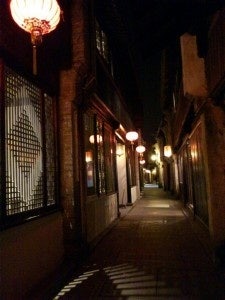
TD#
: I think the most interesting one is the
Blossom Hill Boutique Hotel#
in Zhouzhuang. I'm really proud of this project because it's a fully Chinese project -- Chinese hotel, Chinese client, Chinese government officials. It's been great to be involved in preserving and renovating a building with such heritage and culture, especially as the only foreigner on the project. We try to respect Chinese culture with the hotel, but at the same time we've sought to implant some European elements into the native architecture. I've been so pleased at how it's progressing, because the building was essentially destroyed by flooding and weather conditions...the building was completely damaged a year ago, when we started.
I felt it was up to me to give the building a second life, which is an important motivation for a designer. Because a designer gives life to a space, and that's why I'm so proud of this project. I hope it'll be a great success, and I heard some rooms are already booked. It's a very good start.
JD: What sets your new firm apart from Lime388?#
TD#
: Though we've kept the same team, values and client list, we're expanding our team and working on new initiatives with renewed ambition. We're changing our organization in order to make our project flow more efficient. We're also developing another sub-company, a construction company for our projects, since the studio carries my family name and I don't want any mistakes to be made on any projects. It's a company staffed with Chinese workers who are experienced in construction management, but I will oversee this company as well as the studio.
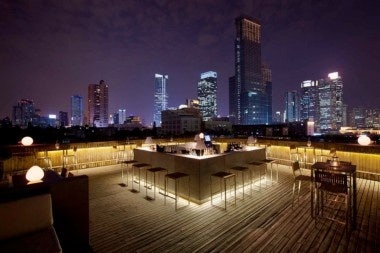
We're also launching our new "Lab of Design," which is a very promising and exciting step for us. I want to address some of the issues we're facing in the 21st century in terms of design. I'm not saying I want to change the world, but I want to try to do something step-by-step. Although China is now known as one of the most polluted countries in the world, I really feel this country as some of the most potential of anywhere on earth. I'm proud to be part of it. For the Lab of Design, we're going to get international and local designers, architects, scientists and artists involved to foster innovation in the field of design. It's very important for me to work with students, because they're the young, creative generation. Ten years from now, I'll be old, so working with the young generation is the best way to stay innovative. Major company groups will also be interested in our research center, to procure new materials and new sustainable ideas for the future.
JD: Now that more international designers are setting up offices in China, how do you stand out?#
TD:#
I think my European background is a good thing, but my experience in China is much more important. Honestly, I don't feel mad at or afraid of my competitors, because they're kind of like an engine for me to push myself to constantly get better and better. I respect them as a designer and wish them the best, because it's really difficult to work in the Chinese market without any experience. Moreover, it's not enough to pretend to be an international designer. The biggest challenge for me and my team is to stay innovative and creative all the time. After five years in China, we know the market very well and know how to organize our project management. Furthermore, I've gotten a lot of inspiration from Chinese culture to create new designs.
JD: As you mentioned, you've got many projects slated for this year. At this point, how are you choosing your projects?#
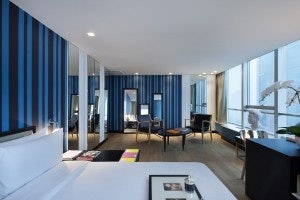
TD#
: We're lucky as a firm because we get to choose our projects very carefully. Actually, we have a new strategy for winning and accepting a project. There are three main conditions: First, the clients have to be open-minded towards design and the designer, and our creative ideas. Second, we have to be comfortable with the design fee -- we're not cheap. Third, the project has to be very interesting. If two of the three conditions are met, we'll accept the project. For example, if we like the client and the project is very interesting but the design fee is low, we can do the project out of the love of design. If the project is attractive and the design fee is high, we'll accept even if the client isn't open-minded or particularly likable. We feel it's important to strike a balance of these three conditions.
I'll tell you what I'm really excited about this year, it's launching my signature furniture line. You know, I've worked on more than 50 projects in China since I arrived here. I feel lucky in that I've been able to try out lots of different things, and I can't say they've all been perfect. But launching my own furniture line really means a lot to me, because it's something I've inherited from my family. I'm looking forward to doing a Made in China furniture collection, because I'm keen to show the world that craftsmanship in China is terrific, and our suppliers can provide top-quality service.
www.darielstudio.com#
